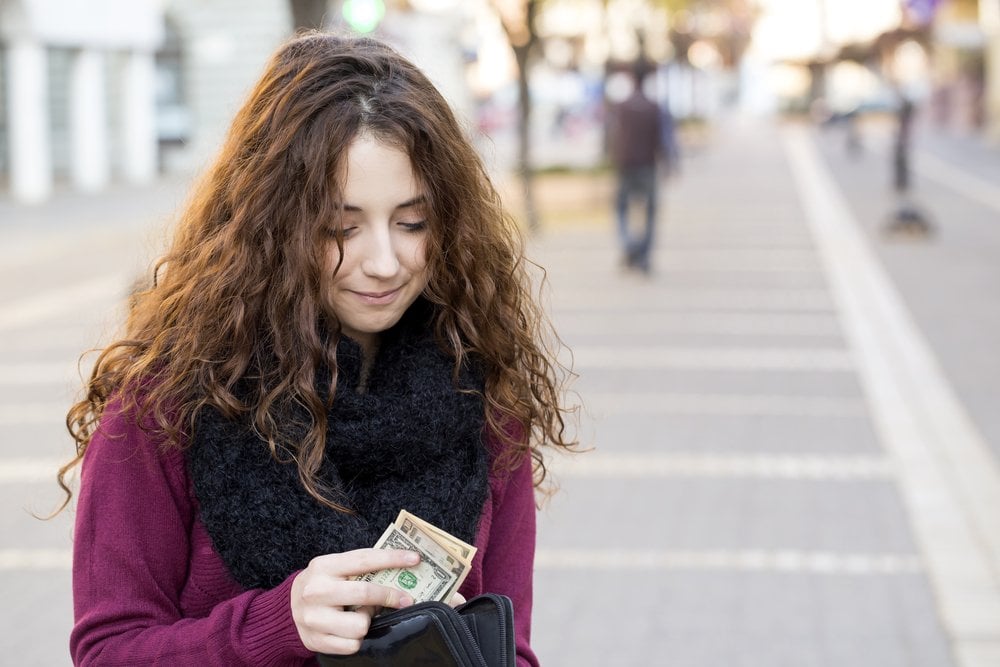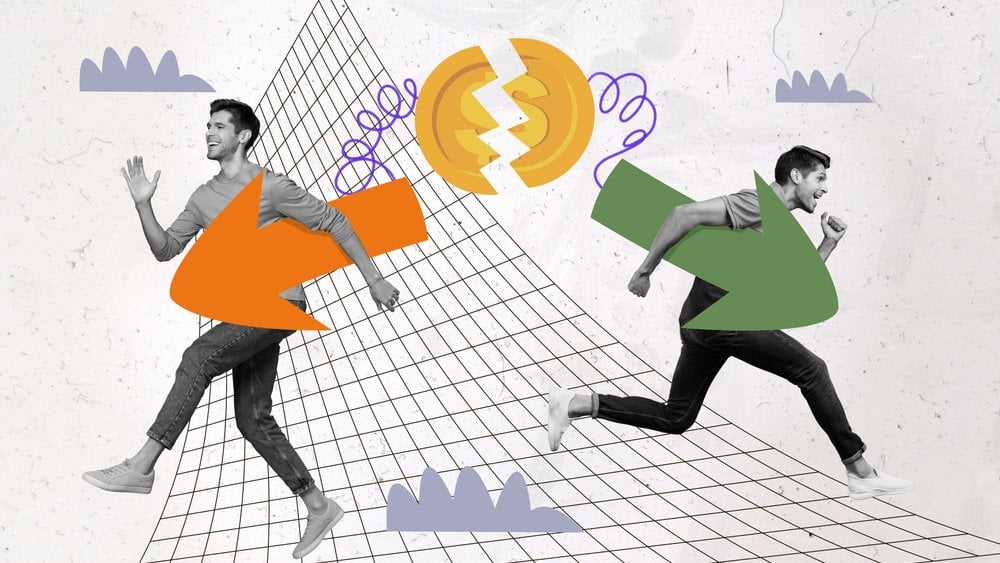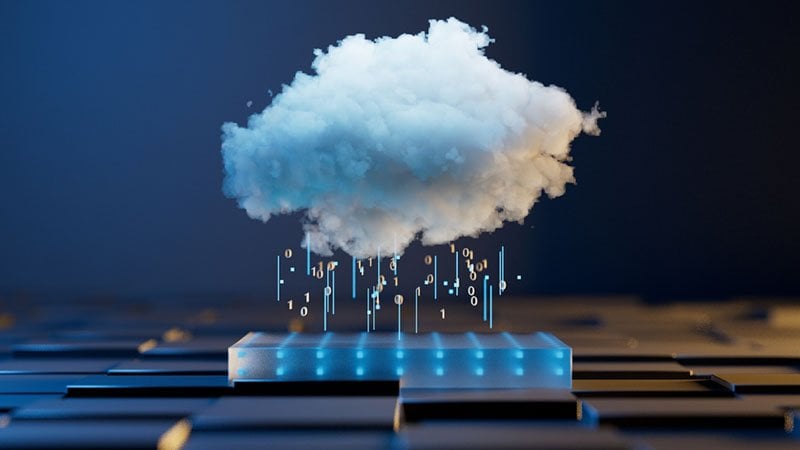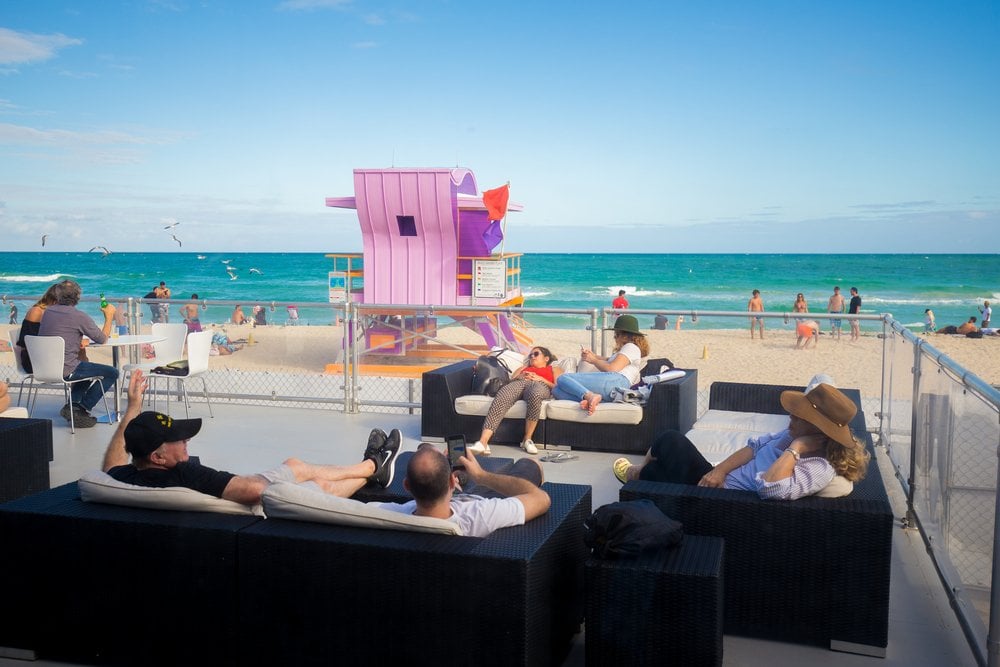This week while climate teen sensation Greta Thunberg delivered a blistering speech in Glasgow demanding “immediate and drastic” cuts to greenhouse gas emissions, fintech companies around the globe were hatching more ways to capture cash from her peer group. In an earnings call on Thursday, Square cofounder Jack Dorsey boasted about reaching a large, coveted new population:
We reached a major milestone this quarter in expanding our offerings to families by serving teens, an entirely new demographic for Cash App. With this launch, customers in the U.S. between the ages of 13 and 17 get access to Cash App’s massive P2P network, the Cash Card, Direct Deposit and Boost, all with parental or guardian approval.

By lowering the age barrier, we hope to expand access to the financial system to 20 million teens in the U.S. and equip them with the tools they need to participate in the cashless economy, which is especially important now as transacting with physical cash becomes less relevant in the increasingly digital world. With Cash App, families can help their teens learn about how to manage the money they earn from their allowance, jobs and chores with the appropriate protections in place.
In a later response to an analyst’s question, Dorsey again enthused over the fact that 20 million American teens will be “able to receive money from your friend, send money to your friends or from your parents, [be] able to get a Cash Card, design the Cash Card, even the Cash Card that glows in the dark — my parents can send me my allowance or I can go to Workforce and actually use the Direct Deposit functionality.” Piper Sandler’s extensive study Taking Stock With Teens corroborates Dorsey’s rosy view; between the spring and fall of this year, no payment app grew more with teens than Square’s Cash App (see chart):

Between this development and its (to FIN’s thinking, overpriced $30 billion) acquisition of Afterpay—second only to PayPal in US teenage Buy Now, Pay Later (BNPL) usage—Square has had a stellar year in extending its reach to teenage spenders.
Also this week, in Thunberg’s native Sweden, the BNPL titan Klarna continued to roll out new products and services that seem at least implicitly designed to appeal to teens. It also announced a partnership with Stripe, to allow its merchants to offer BNPL through Klarna. It could be argued that all these giant players are behind Apple, which back in April began allowing teenagers to obtain Apple Cards.

And all of this teen-hunting is on top of the various fintech products aimed specifically at children and teens: Greenlight, Step, gohenry and many others. The money being poured into that sector is, well, having a growth spurt:

Even nonparents should be concerned about all these forays into the teen wallet. Of course, it’s hard to take a stance against teaching teens “financial literacy,” even though repeated studies have found that it doesn’t actually change anyone’s behavior. It’s also hard to fault fintech startups for trying to design financial products that will appeal to a population that is almost universally ignored by banks.
Still, anyone who has watched a teenager use a smartphone will know that this emphasis on financial activity is going to lead some teens to spend more money than they have, especially as we enter the holiday season. Indeed, that seems to be the point of BNPL; UK regulators report that some BNPL providers tell merchants their service will increase sales by as much as 30%.
Some members of Congress are calling for greater scrutiny of the sector. In testimony before a House committee this week, Marisabel Torres of the Center for Responsible Lending said of BNPL: “there is concern that the entire business model rests on driving borrowers to purchase items they would not otherwise buy, which is concerning in and of itself and even more so when coupled with lack of underwriting for affordability.”
The UK has already announced that the Financial Control Authority will regulate BNPL, although that won’t take effect until 2022 at the earliest. Biden’s Consumer Finance Protection Bureau has a genuine opportunity to help America’s youngest consumers keep from amassing more debt than they already have.
Score One for the Banks
Government stimulus can have some interesting side effects on the companies and people that actually handle the funds. FIN has noted in the past, for example, that Square customers brought about 55% more funds into the Cash App ecosystem in March of this year than they did in February, which was largely attributable to stimulus money.
This week, evidence surfaced that Paycheck Protection Program (PPP) loans actually made American small businesses feel better about their banks. J.D. Power released its 2021 survey of small business satisfaction, and found that “overall customer satisfaction scores for small businesses that applied for PPP loans with their primary bank are 853 (on a 1,000-point scale), which is 32 points higher than customers that did not apply for a PPP loan.” Perhaps unsurprisingly, satisfaction was even higher—869—among small businesses that completed the process of PPP loan forgiveness.
It remains a bit of a mystery why fintech lenders—whether for PPP or other loans—don’t receive the same halo effect. This chart from the Federal Reserve Banks shows basically failing grades for online lenders and fintechs:

One reason may be that a large number of would-be borrowers turn to online lenders only after being turned down by more traditional lenders. If those are in fact high-risk candidates, it stands to reason that they would encounter trouble in the process. Another factor suggested by the J.D. Power study is that dedicated account managers make a difference in customer satisfaction; fintech lenders are unlikely to assign those to small businesses.
This piece originally appeared in FIN, James Ledbetter’s fintech newsletter. Ledbetter is Chief Content Officer of Clarim Media, which owns Techonomy.















